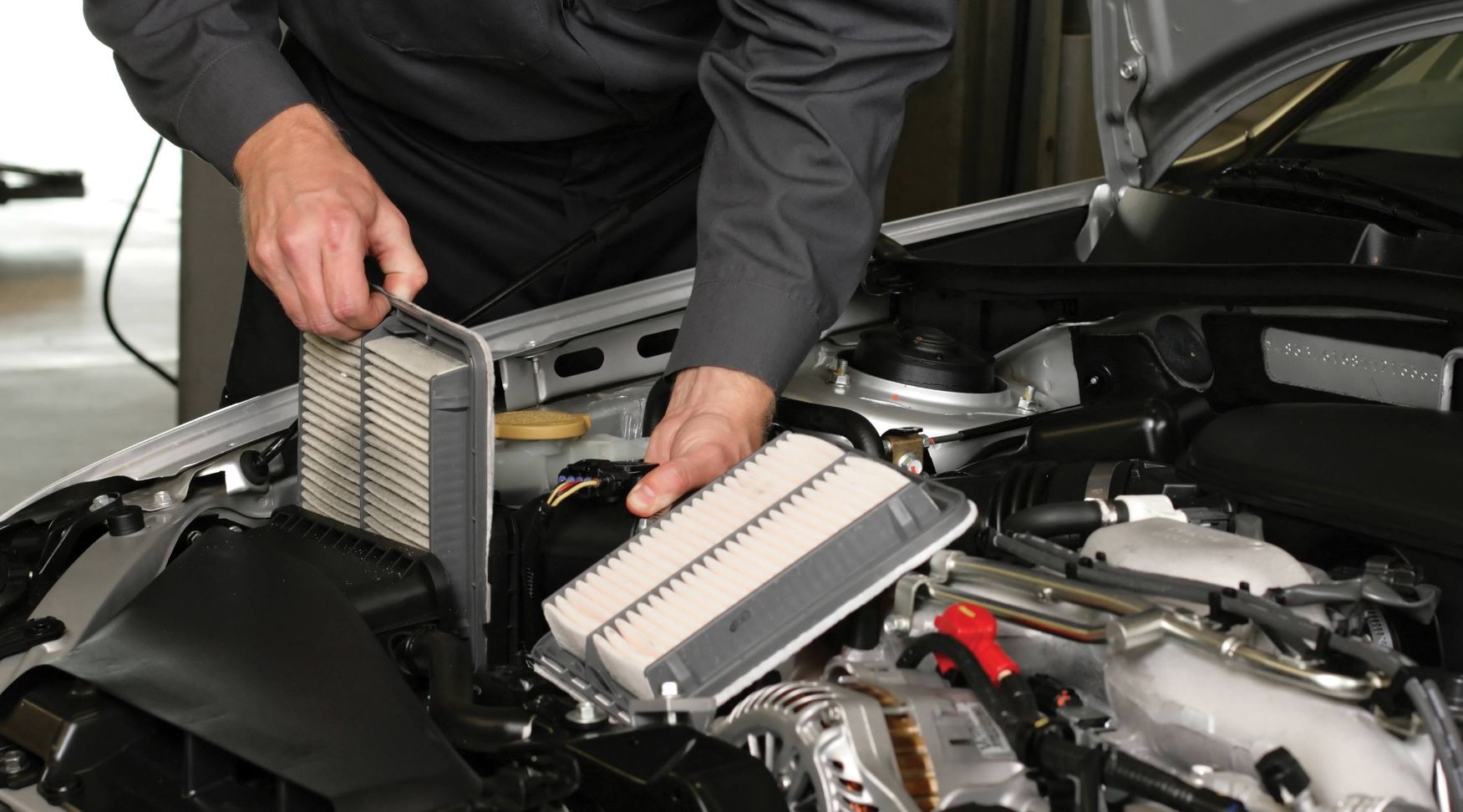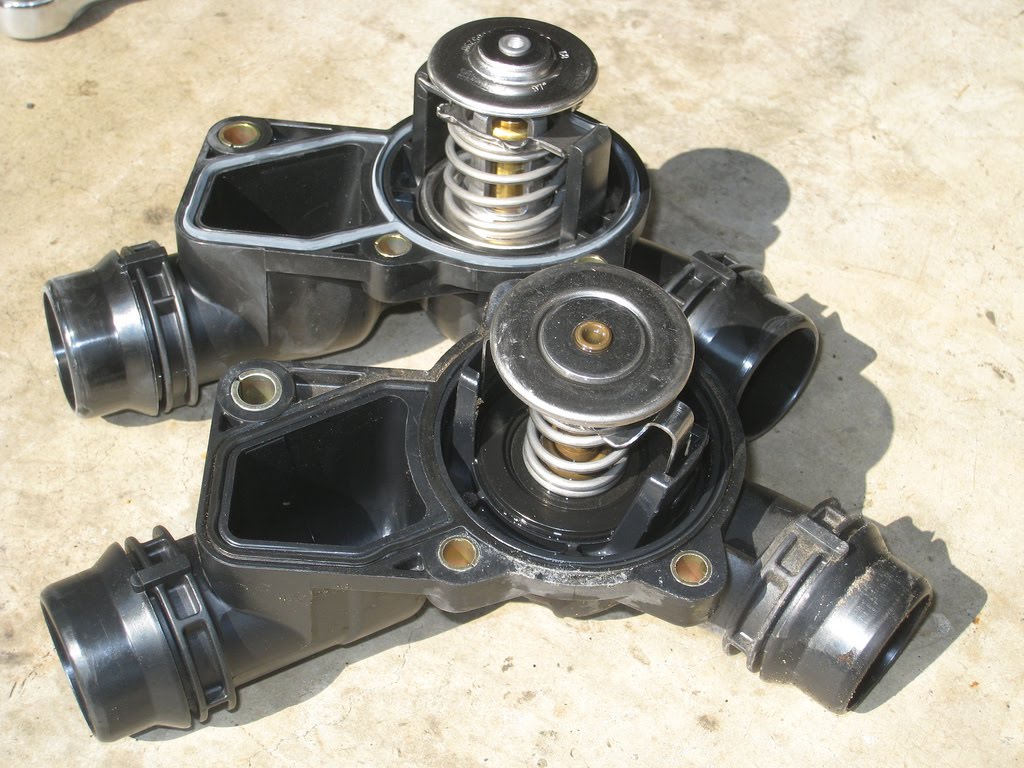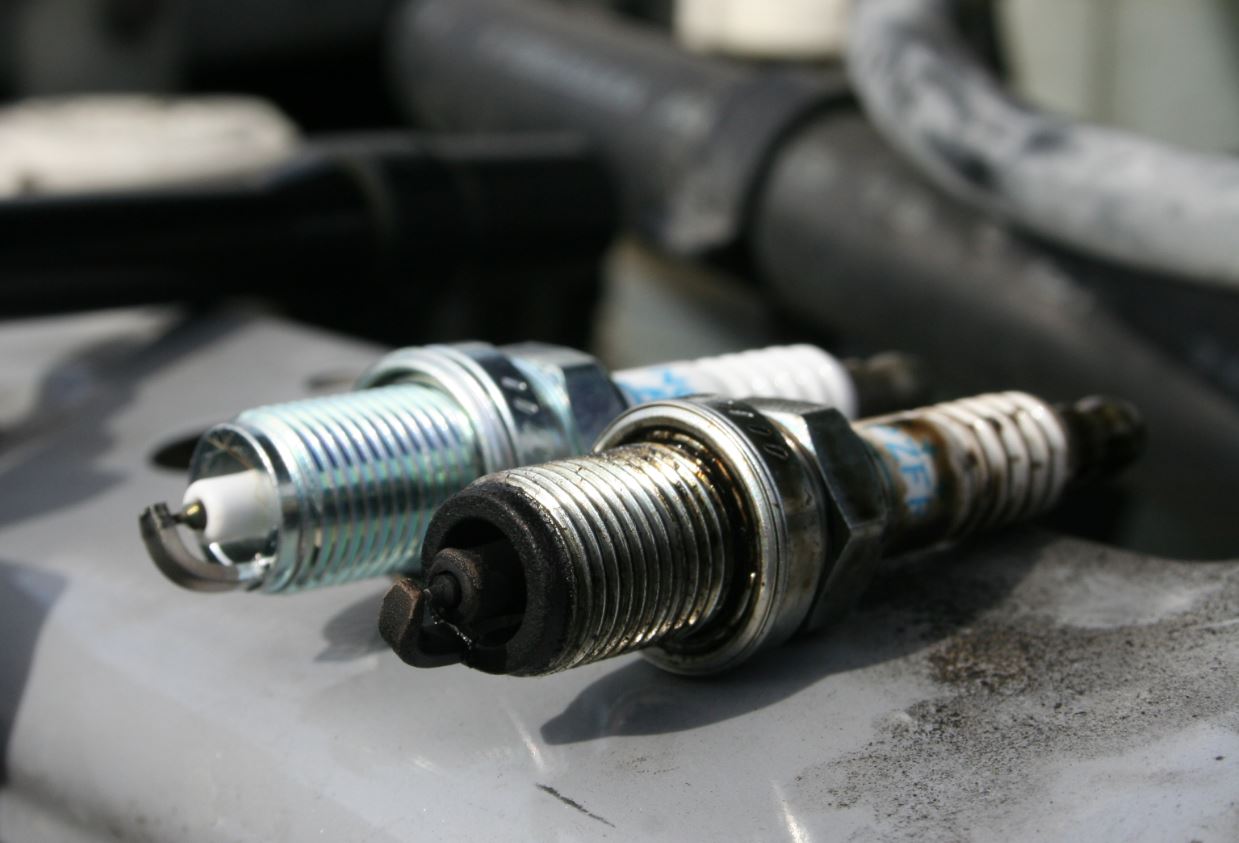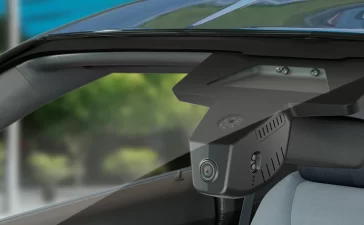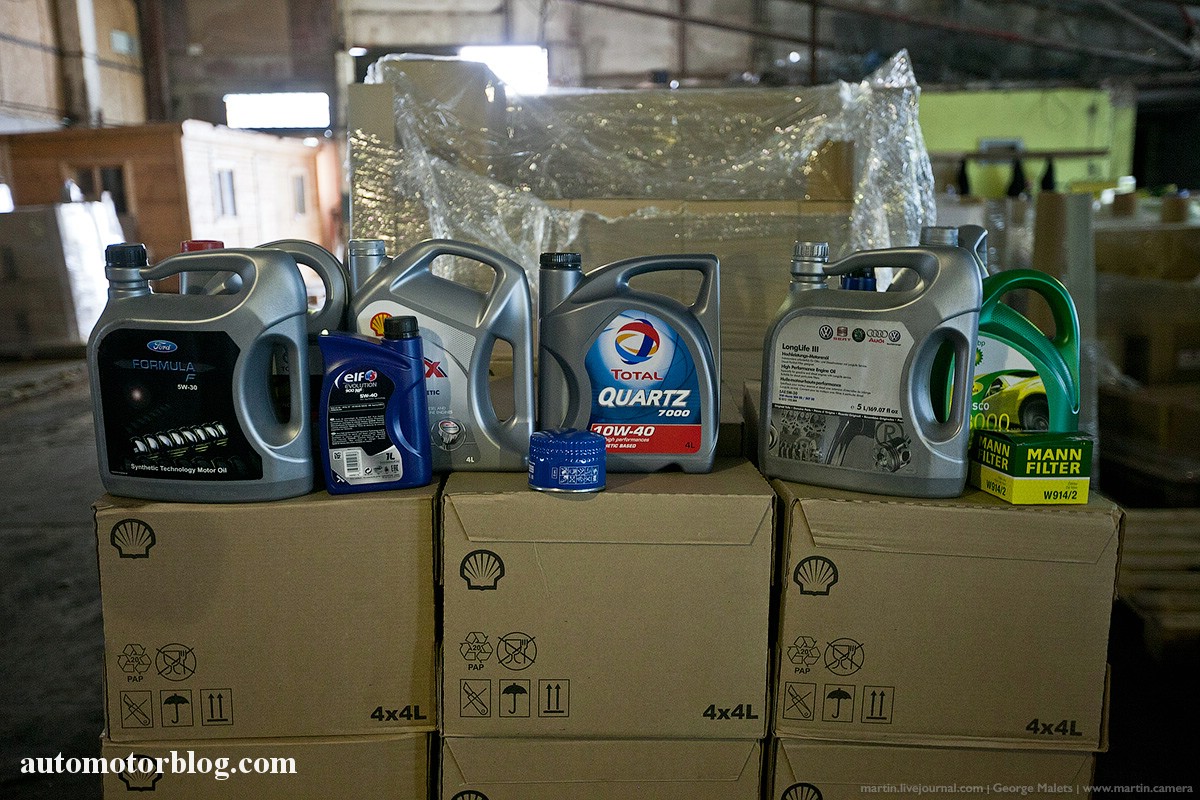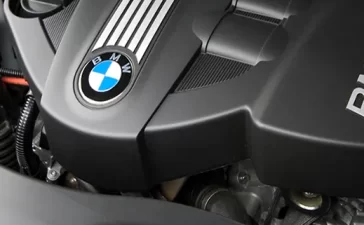Once a car clocks up 100,000 miles, people start thinking about buying a new one. However, there are several easy fixes that can be made which can improve your car’s performance significantly and in turn save you lots of money that you would otherwise spend on a new car.
All of these repairs cost only a little, but the difference they make is quite substantial. This is similar to going into an online casino such as NetBet for example, and depositing only a small amount of money on games that you know come with good returns on investment. It costs you a little to start playing, but the winnings can become huge.
Regular Changes of Oil and Filters
Changing your oil and oil filters in regular intervals is one of the most crucial things that you can do. Obviously this is not fixing the car as it is only part of regular maintenance and servicing of your vehicle, but it is first on our list because it is something which is very important for the car.
If you don’t change your oil or oil filter regularly, you will notice that your engine’s performance will dramatically decrease with time and with each passing mile it will be closer to the scrap yard.
Regular changes of oil in the past were done after a car had clocked 3000 miles, but with improvements in engine design and with better semi-synthetic or fully synthetic oils this is no longer the norm. These days it is considered good practice if you change your oil either once every six months or after your car hits anywhere between 6000 and 10,000 miles (depending on your make and model), whichever comes first.
It is also very important that you use top quality oil which is suitable for your engine and is recommended in your manual. Finally, have a habit of always changing the oil filter when you are changing your oil so that there is no dirt build-up in the system.
Check If Your Thermostat Needs Changing
Changing a thermostat in a car is one of the cheapest fixes that you can make. A thermostat regulates the temperature of the engine and controls the flow of coolant. With a faulty thermostat the engine will see more coolant circulating in the system and it will thus be very difficult to reach normal operating temperature.
A quick and easy test to see if your thermostat is up to the task is to drive your car for around 10 minutes and then go up a hill or an incline. If this hill is steep enough your engine will soon reach normal operating temperature and will keep it that way for the rest of your journey.
If you have a faulty thermostat, the engine temperature will soon drop after you have completed climbing the hill due to the excess coolant circulating the system.
A good thermostat gives you optimum fuel economy, reduces emissions, and improves the performance of the car more than you can actually imagine.
Replace Old Spark Plugs and Air Filter
This is a relatively inexpensive fix and one which will give your engine more air and more fire, something which is always important if you are looking for that extra horse power.


